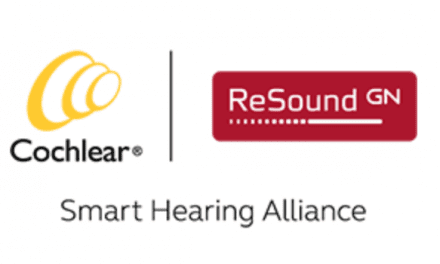Though the concept of “Zoom fatigue” is known to many who are weary of remote connection with co-workers nearly two years in to the pandemic, for those with hearing loss, Zoom videoconferencing can make communication even more challenging than before, according to a recent article on the Forbes website.
Related article: ‘Quartz’ Article Compares ‘Zoom Fatigue’ to ‘Concentration Fatigue’
In particular, complicating factors like background noise, crosstalk, a lack of live captioning, and the difficulty of lip reading when people’s faces are shrunken to fit on a laptop screen, make it increasingly difficult to follow what is being said on a call, according to the article. Additionally, visual clues like body language may be hard, if not impossible, to discern on a Zoom call.
“There’s a lot to be said for in-person communication — reading body language,” said Beth Humphrey, an associate professor at the University of Tennessee and chair of the special interest group on auditory rehabilitation for the American Speech-Language-Hearing Association (ASHA), in the article. “I think people who have hearing loss often rely on visual aspects of communication to know how to respond and pause to take their turn and just have that broad, full-sensory, good conversation.”
Experts have suggested ways in which to improve video calls for those with hearing loss, which include the addition of captions as well as limiting meeting sizes to a few people to help avoid confusion as to whom is speaking. Though Zoom now includes live captions via automatic speech recognition (ASR), some say that caption quality can vary widely depending on sound quality and/or a speaker’s accent, according to Forbes. Additionally, asking everyone to mute mics on a meeting unless they’re speaking and recording the session for later viewing can be helpful to those with hearing loss to catch up on what may have been missed.
To read the article in its entirety, please click here.
Source: Forbes
Image: © Fizkes | Dreamstime.com






